All about Software Testing: Test Types, Test Cases and Benefits
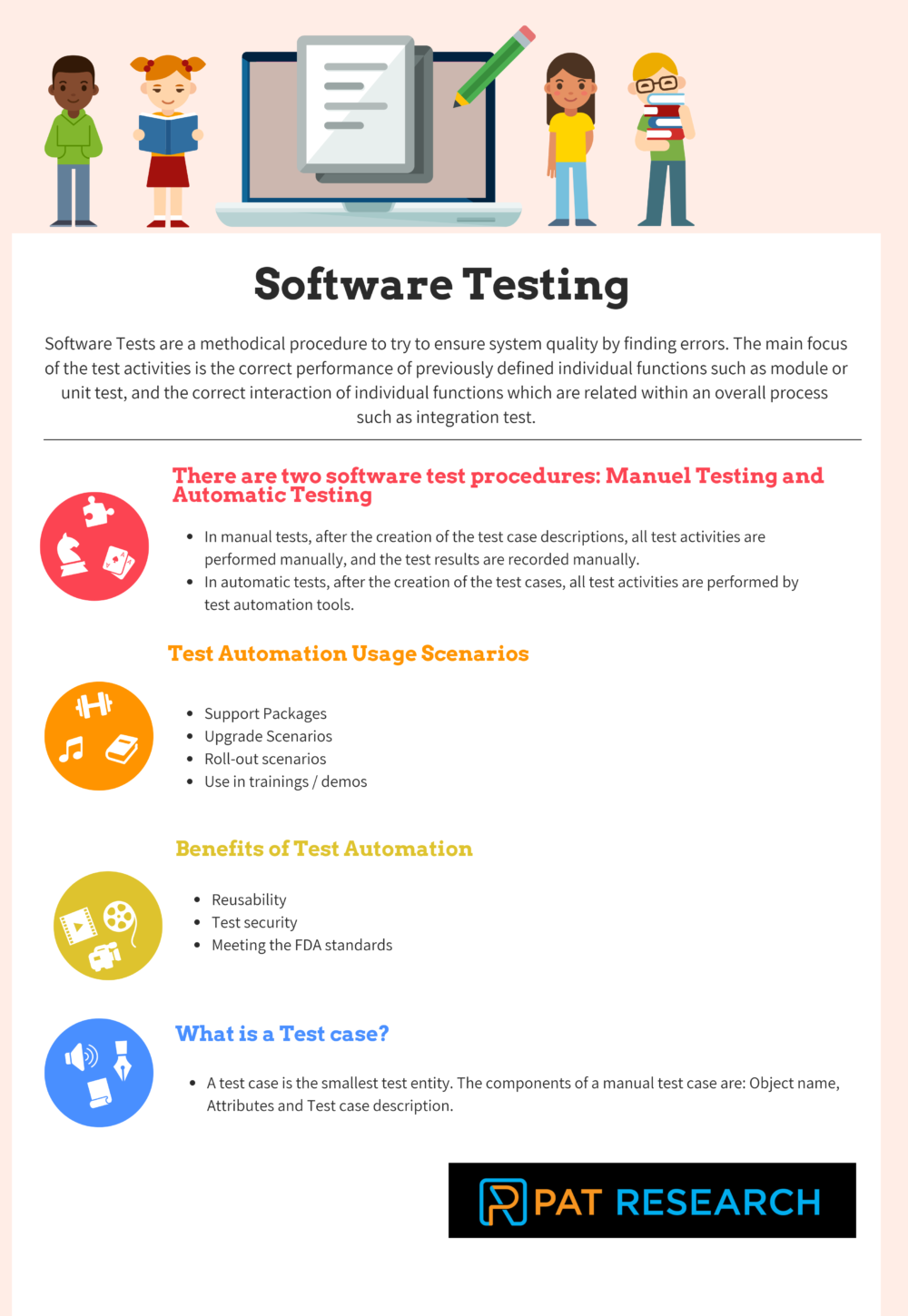
Software Tests are a methodical procedure to try to ensure system quality by finding errors. The main focus of the test activities is the correct performance of previously defined individual functions such as module or unit test, and the correct interaction of individual functions which are related within an overall process such as integration test.
Performance tests are also required, to test the capacity of a system to perform its tasks. These can be load tests, which test system response to a large number of users at the same time, or stress tests which, for example, test the behavior when generating bulk data.
The test scope should be derived from the risk, error frequency, which in turn depends on how often functions are used, and the overall scope of the project.
There are two software test procedures: Manuel Testing and Automatic Testing.
Manual Testing: In manual tests, after the creation of the test case descriptions, all test activities are performed manually, and the test results are recorded manually. Only test organization and administration utilities are used.
Automatic Testing: In automatic tests, after the creation of the test cases, all test activities are performed by test automation tools. In this case, the test results are recorded automatically. Automatic testing is especially useful, for example, for tests such as regression tests or after an upgrade, where unchanged functions must quickly run as before. Automatic tests can also be used in rollout projects, in which a centrally-defined template is implemented in various rollout locations.
Automatic Testing considerably accelerates the test preparation and performance, in the rollout locations, with test cases integrated.

Difference between Software Test Procedures
What is Manual Testing?
After the creation of test case descriptions, the actual testing is performed manually by testers. The result of each test case is recorded manually. In manual testing, no test automation tools are being used. Test management tools can be deployed for test administration and test organization.
What is Automated Testing?
After the creation of test case descriptions, the actual testing is performed by automated test tools. After the test, the result of each test case is recorded automatically by the test tool. In automated testing clear and detailed test run records. The Test cases can be reused for later purposes such as Regression Testing. The methodical approach to reduce costs and safeguard the software lifecycle process.
What are the Test Automation Usage Scenarios?
- Support Packages
- Upgrade Scenarios
- Roll-out scenarios
- Use in trainings / demos
What are the Benefits of Test Automation?
- Reusability
- Test security
- Meeting the FDA standards
What is a Test case?
A test case is the smallest test entity. The components of a manual test case are: Object name, Attributes and Test case description.
Automatic test cases have other attributes.
What is a Test case description?
The test case description is mainly for testers, whether manual testers or test automation experts, but it is also of interest for software developers, to help them to understand the errors discovered by testers. They are also important for reviewers and auditors, because they document the test scope.
The scope and level of detail of a test case depends on the experience of the target group, but also requirements of norms or legal requirements.
A test description should contain:
• Description: Rough description of the test activities to be performed.
• Preparation/Prerequisites: Details of all preparation required, and prerequisites of the test.
• Execution: Detailed test procedure.
• Check/Expected Result: Details of the expected result of the test, or checks to be performed.
• Notes: Additional notes which could be of help to the tester when performing the test.
What are the General recommendations for creating test cases?
Test Cases should use consistent naming conventions and structures to create the test cases. The consistent structure of manual test cases is ensured by a document template. There is a proposed test object (test case, test plan, test package, etc.) naming convention, at the end of the document. Project-specific guidelines must be made for the naming convention within test cases.
Test cases should also be created using the 4 eyes principal, i.e. the test case creator and the tester should not be the same person.
Test cases can be based on concept papers, process descriptions, training materials, etc. from the Business Blueprint or configuration phases.
What is Test Strategy and Planning?
Various roadmaps support methodical procedures in projects. Roadmaps give the project teams detailed, step-by-step guidelines about project activities to be performed, and thus facilitate the successful carrying out of the tasks to be performed.
For example, a project Implementation Roadmap contains general information about defining a test strategy. Test activities to be performed are frequently mentioned at other appropriate places in the Implementation Roadmap.
A test plan is a collection of test cases which are to be performed within a specified period, for a specified purpose. Before a test is performed, all test cases relevant for the test are collected into a test plan. The structure and the test cases used are based on the project. After the test, you keep the test plan as test documentation.
The test plan is then split into smaller test packages, to be performed by testers. A test package is a person and time-specific view of a test plan. It contains all test cases which a tester is to perform during a specified period. Comprehensive tests are usually performed by several testers. You can also assign the same test case to several test packages. The test package structure is based on the structure of a test plan. The structure of the test package is defined by selecting the relevant test cases for the test package, from the set of all test cases in the test plan.
Test plans and test packages can be designed so that applications, interfaces and the data used by the applications can be tested.
What is Test Preparation?
Test cases are created, or existing ones are assigned to the project, along the process structure, to scenarios, processes or process steps, depending on the granularity.
- Collection of test cases
- Selection of test cases
- Assignment of test packages to testers
- Test Execution
Tests help to manage your solution throughout the entire life cycle to ensure reliability, reduce Total Cost of Ownership and increase Return on Investments.
What are the Occasions for Testing?
- Test functionality and performance of your solution
- New software installations
- Integration of new components / business scenarios
- In-house developments
- Functional Tests
- Integration tests with other components
- Upgrades such as regression testing
What are the General Test Types?
The general test types are functional testing and performance testing.
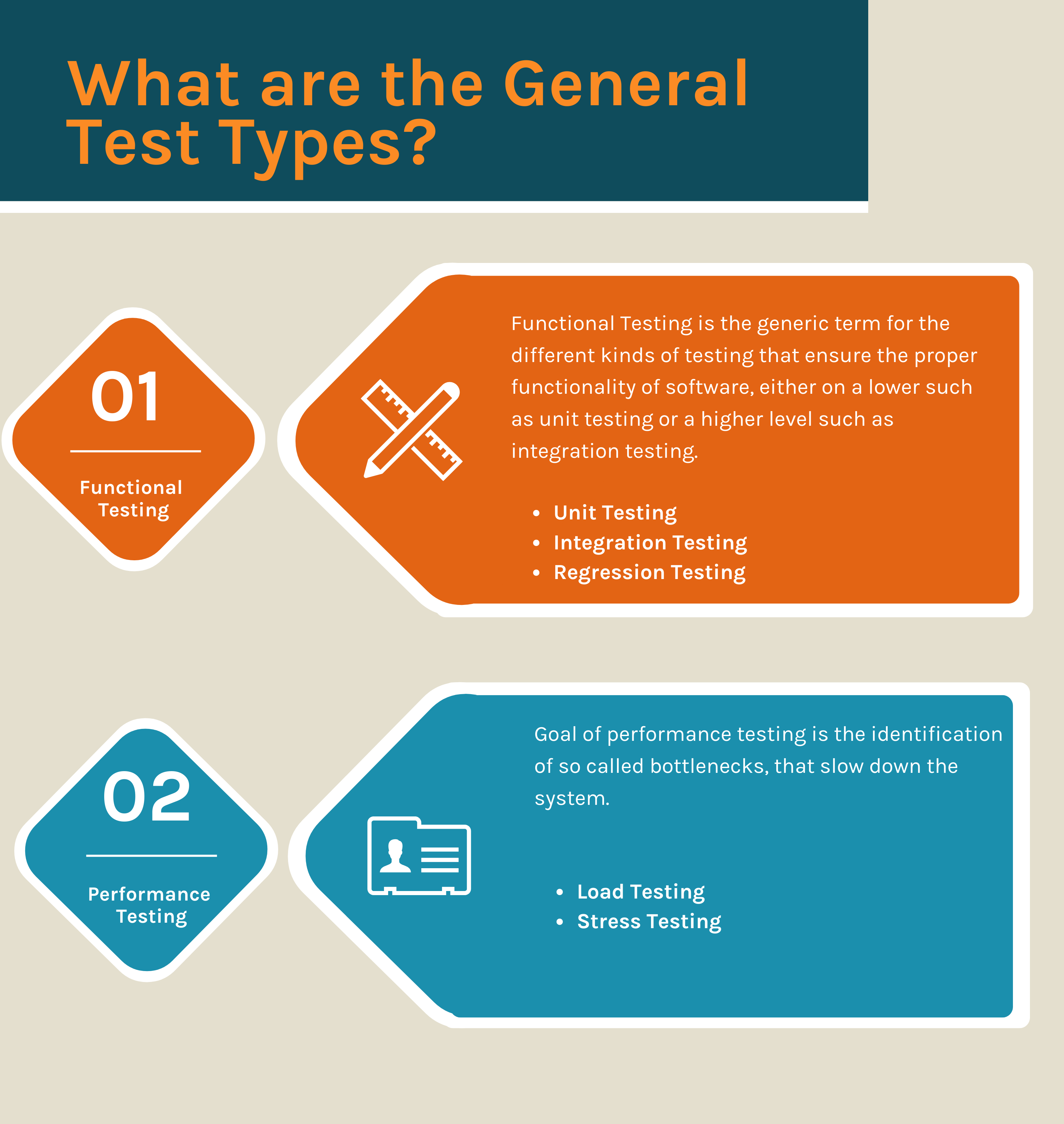
What are the General Test Types
1. Functional Testing: Functional Testing is the generic term for the different kinds of testing that ensure the proper functionality of software, either on a lower such as unit testing or a higher level such as integration testing.
What are the Types of Functional Testing?
The types of functional testing are Unit Testing, Integration Testing, and Regression Testing.
a. Unit Testing: Unit testing verifies the implementation of the design for one software element or a collection of software elements. Unit testing ensures that the program logic is complete and correct and that the unit works as designed.
b. Integration Testing: Integration testing ensures that the single components are properly integrated. Integration testing is used in sequence testing.
c. Regression Testing: Regression testing ensures that system changes such as the implementation of Support Packages do not affect the way the rest of the system works. Regression testing is reusable test cases can be deployed. Regression testing is used in automated testing.
2.Performance Testing: Goal of performance testing is the identification of so called bottlenecks, that slow down the system.
What are the Types of Performance Testing?
The types of Performance Testing are Load Testing and Stress Testing.
a. Load Testing: During a Load Test, the performance of a system, depending on the amount of users working simultaneous in a system, is tested and monitored. Therefore, Virtual Users are deployed.
b. Stress Testing: A Stress Test analyses the performance of a system under extreme conditions, e.g. by creating mass data.
Testing Terminology
Project: Contains all required Test Cases for an Implementation. Test Cases, organized in the Business Process Hierarchy structure.
Test Plan: Contains all required Test Cases for a specific test phase. Can comprise Manual Test Cases, and Function Module Tests.
Test Package: Based on a Test Plan. Contains all test cases assigned to at least one specific tester.
Test Case: Manual Test Case / Automated Test Case.
What are the Benefits from a properly executed Test planning?
- Reduced Time for Test preparation and execution.
- Possible use of process structure as test catalogue proposal.
- Integration of automated testing features.
- Reporting of test progress.
- Support of cross-component tests.
- Single point of access to complete system landscape.
- Central storage of testing material and test results.
- Integration with implementation projects and issue handling.
- Testing alongside configured process structures.
- From function test to integration tests.
- Integrated problem message handling
- Re-use of existing testing material.
- Integration of existing test cases stored in external test systems.
- Upload of existing testing material
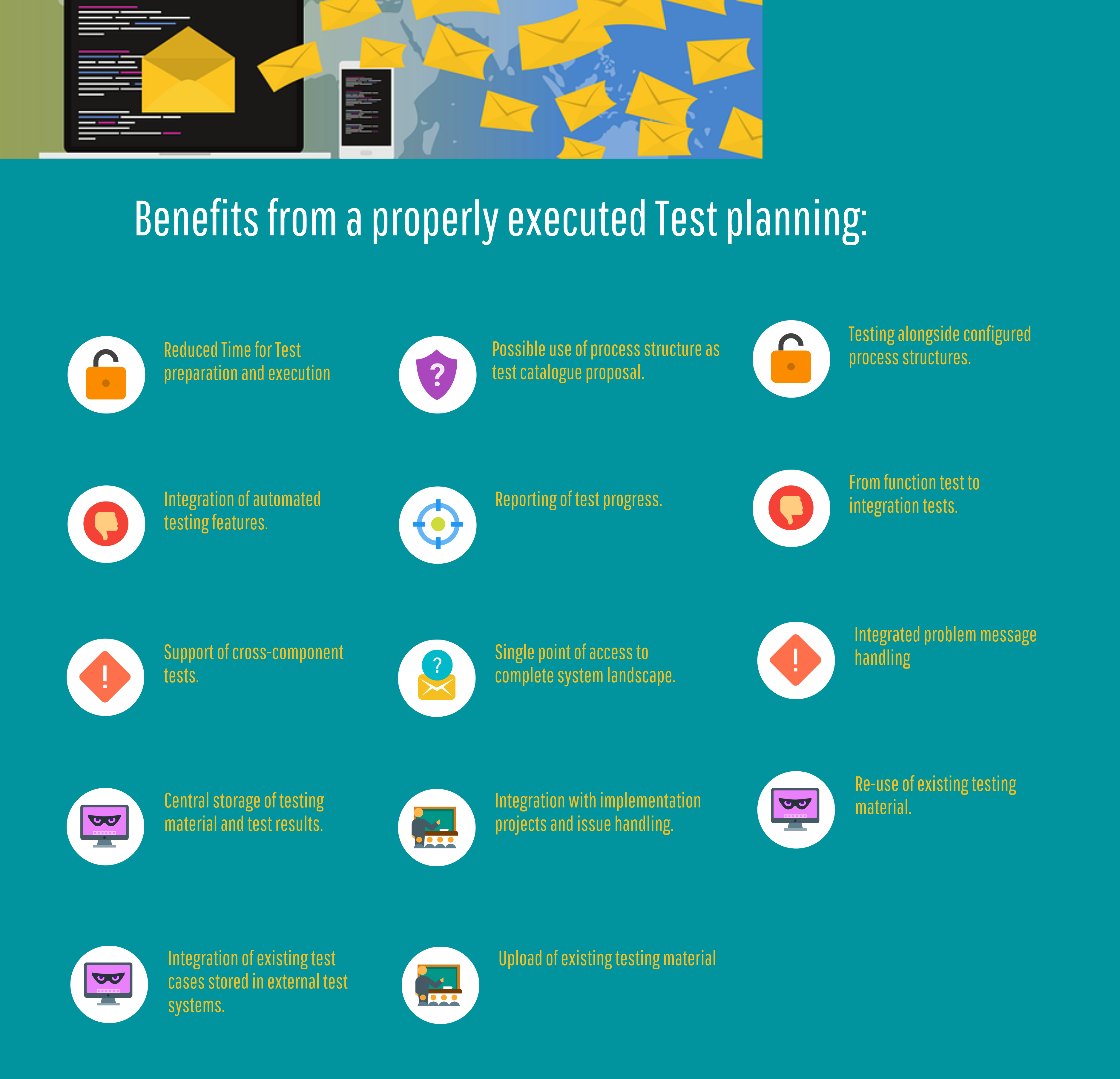
What are the Benefits from a properly executed Test planning
What is Software Testing?
Software Tests are a methodical procedure to try to ensure system quality by finding errors. The main focus of the test activities is the correct performance of previously defined individual functions such as module or unit test, and the correct interaction of individual functions which are related within an overall process such as integration test.
What are the Software Test procedures?
There are two software test procedures: Manuel Testing and Automatic Testing.
What is Manual Testing?
In manual tests, after the creation of the test case descriptions, all test activities are performed manually, and the test results are recorded manually.
What is Automatic Testing?
In automatic tests, after the creation of the test cases, all test activities are performed by test automation tools. In this case, the test results are recorded automatically.
What are the Benefits of Test Automation?
The Benefits of Test Automation includes Reusability, Test security and Meeting the FDA standards.
What are the General Test Types?
The general test types are functional testing and performance testing.
What is Functional Testing?
Functional Testing is the generic term for the different kinds of testing that ensure the proper functionality of software, either on a lower such as unit testing or a higher level such as integration testing.
What are the Types of Functional Testing?
The types of functional testing are Unit Testing, Integration Testing, and Regression Testing.
What is Performance Testing?
Goal of performance testing is the identification of so called bottlenecks, that slow down the system.
What are the Types of Performance Testing?
The types of Performance Testing are Load Testing and Stress Testing.

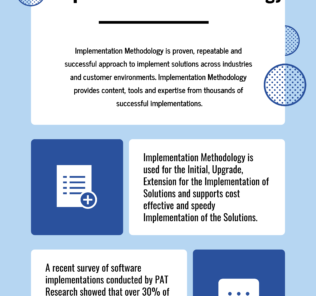
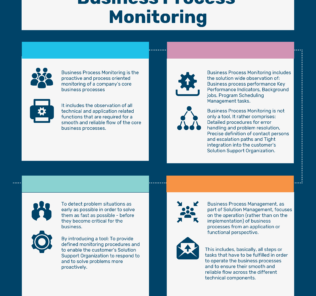

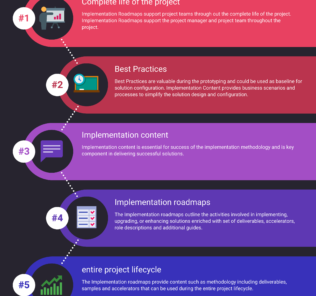
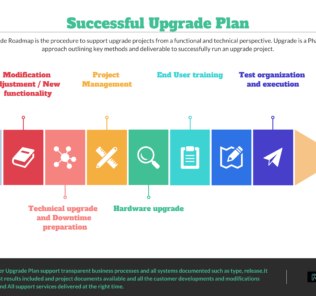
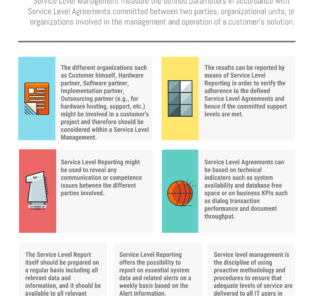




By clicking Sign In with Social Media, you agree to let PAT RESEARCH store, use and/or disclose your Social Media profile and email address in accordance with the PAT RESEARCH Privacy Policy and agree to the Terms of Use.